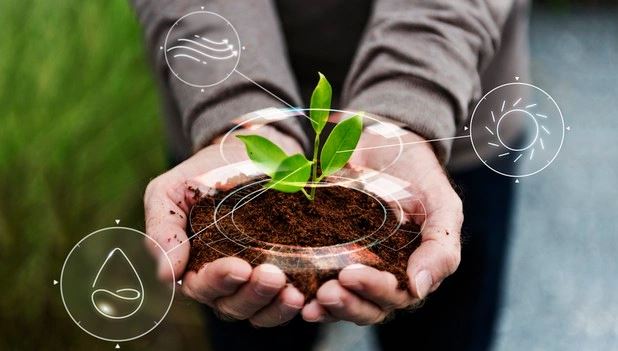Over the years, the government has taken important steps to strengthen the agricultural sector through proven agricultural technologies and supportive policies. The recent expansion of digital agricultural technology can accelerate growth by ensuring higher yields and sustainability by reducing water and agrochemical consumption.
Digital technologies, including AI & ML, remote sensing, big data, blockchain and the Internet of Things, are transforming agriculture commodity marketplace online and streamlining operations. The future adoption of digital agriculture in India is expected to be supported by a public-private partnership (PPP) model.
Indian Digital Agriculture Initiatives
The Minister of Agriculture and Farmers’ Welfare has announced the Digital Agriculture 2021-2025 mission to support digital agriculture through pilot projects until September 2021. The mission aims to support drone and robot projects based on new technologies such as AI, blockchain, remote sensing and GIS technology.
The AI-Sewing application, developed by Microsoft in collaboration with ICRISAT, advises farmers on the best date for sowing seeds. Farmers do not have to install sensors or invest capital in their farm.
NITI Aayog and IBM have teamed up to develop a crop-based prediction model based on AI for predictive insight that can help improve crop productivity, soil quality, control agricultural inputs and early warning of disease outbreaks.
The data will come from ISRO, existing soil health map databases, Indian Meteorological Department weather reports, etc. to provide accurate and accurate alerts to farmers. The Blue River project has created an ML-based computer vision to help farmers reduce the use of fertilizers and pesticides by spraying only where needed, thus maximizing input utilization.
The future of Indian digital agriculture
Technological interventions in the commodity market place based on remote sensing, soil sensors, drones and market views, etc. allow farmers to collect, visualize and assess plant and soil health at different stages of production in a convenient and cost-effective way.
The implementation of these specialized solutions enables reliable farm management and supervision. Farmers can trade on it if they get a complete digital analysis of the fields in real time. Some key benefits are described below. It increases agricultural productivity and reduces production costs
- Prevents soil decomposition
- Reduction of chemical application
- It promotes the adequate and efficient use of water resources
- Increasing the socio-economic status of farmers
- Reducing environmental impacts
The main reason for the slow adoption of digital agriculture in India is the dominance of separate farms with small farmers in the country, which complicates data collection. Thus, a conventional approach is needed to implement digital farming on a typical small farm in India. Measures may include affordable technologies, portable plug-and-play hardware, rental and sharing platforms for agricultural equipment and machinery, and academic support for training digital adoption farmers.
Conclusion
The future of all sectors, including agriculture, is the digitization of today’s economy. The ease of use, availability and popularization benefits for farmers who quickly learn and appreciate help is the last mile of digitization. The government must spend time and money to socialize the benefits of digitization, and the private sector in India must work with forces from which the country’s leading software companies can benefit.





